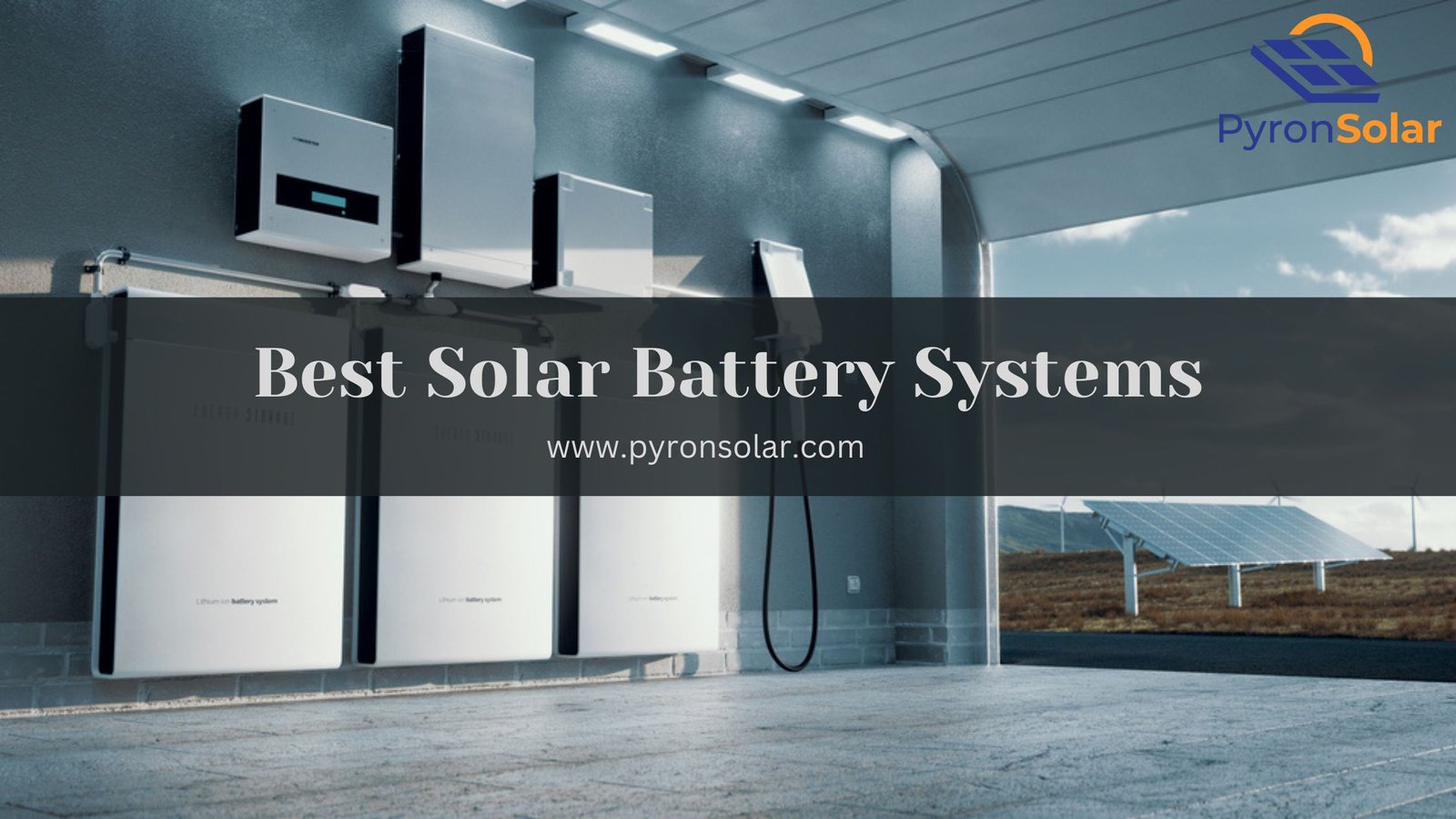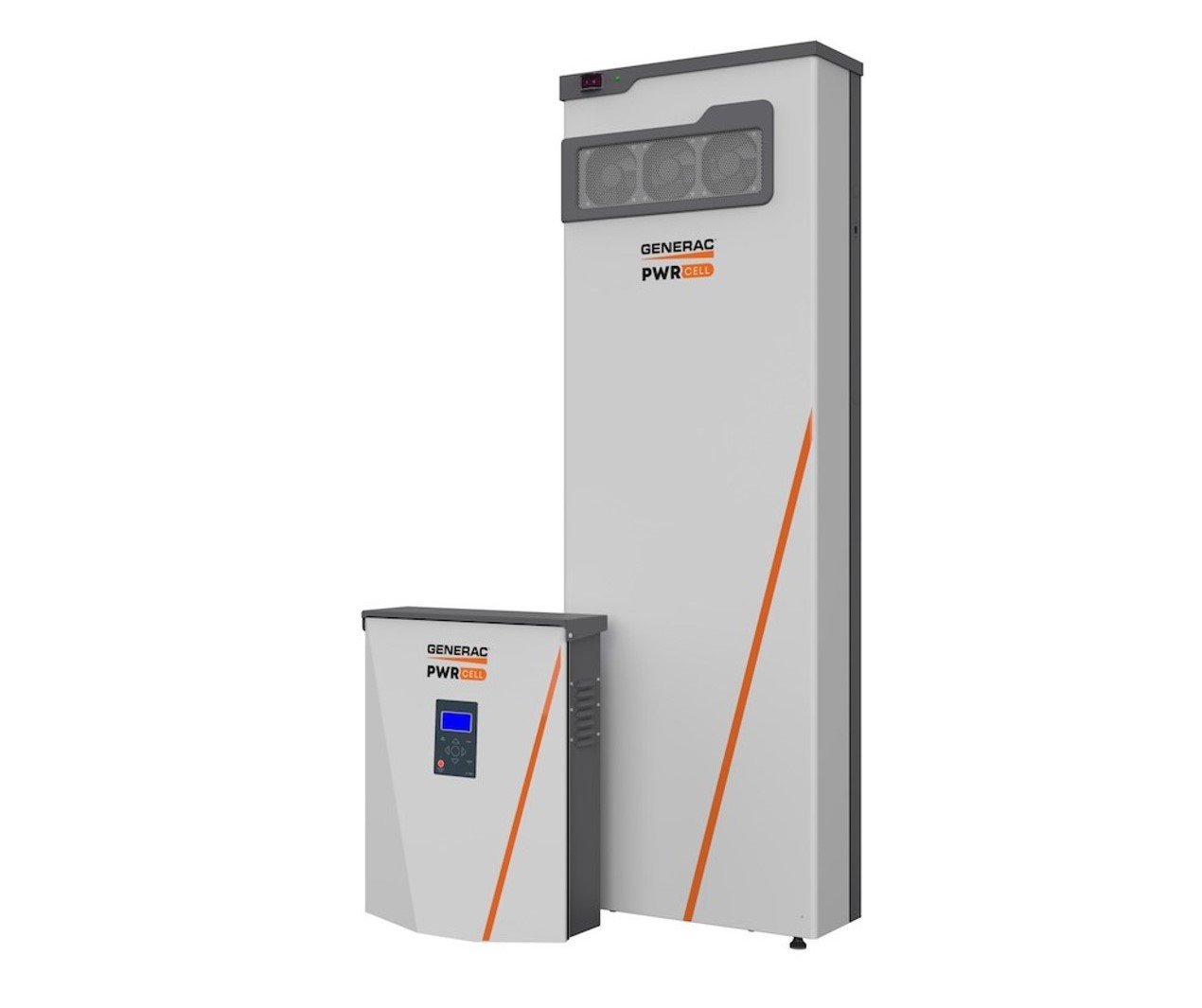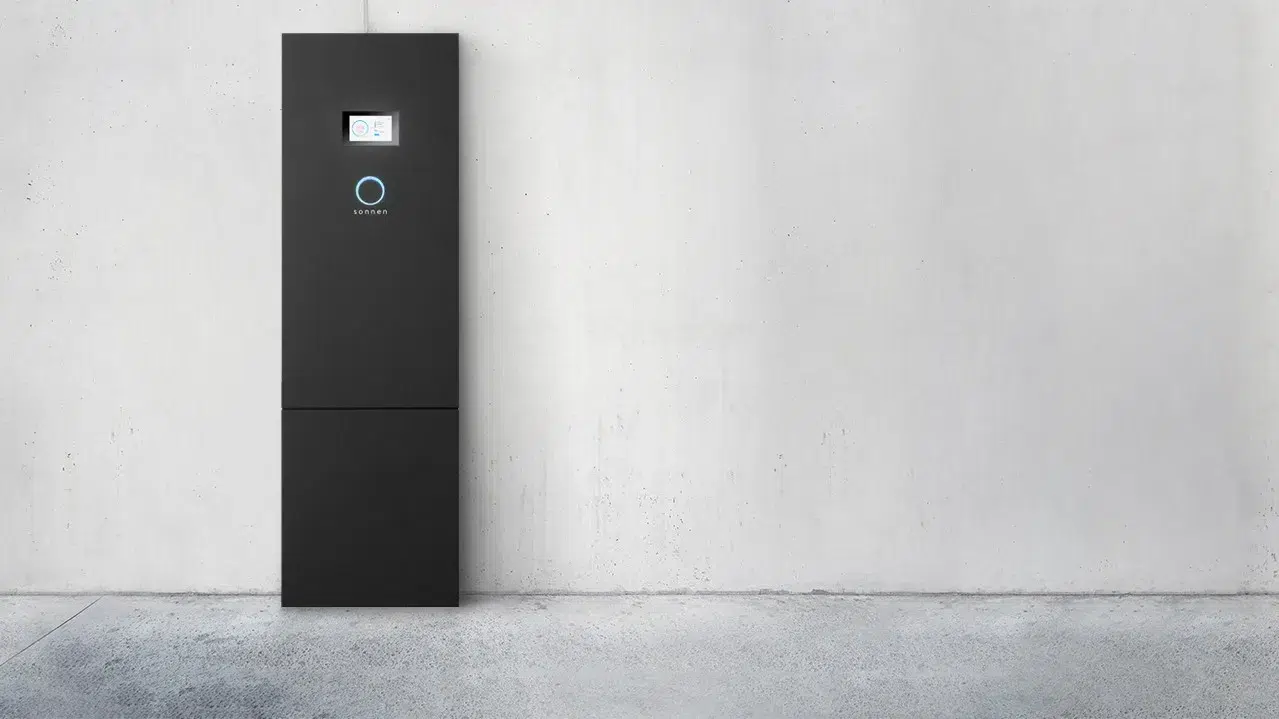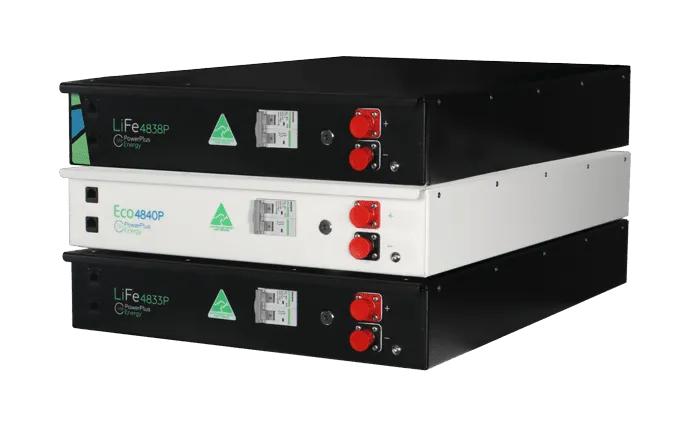Do you know that Solar Battery systems are one of the straightforward judgments while installing a DIY solar system? Excluding the installation charges, the average cost of a solar battery system in 2024 is approximately $11,000.
Solar batteries are one of the cost-effective equipment to reduce your electricity bill amount and increase energy dependence. A perfect backup system can help you to recover your initial investment. Solar batteries are typically portable and used to charge power banks. A solar battery bank offers several series and parallel battery connections that are set up into an energy storehouse bank.
A solar panel stores energy from a solar PV system and transfers it to the electricity load via DC- AC inverter, which passes through your inverter to run home appliances.

Fundamentally, a Solar Battery is a device connected to your solar system that stores energy after consumption and is utilized during peak energy demands or abrupt power shut-downs.
To consider it as the best, few solar battery systems would require the person to be a Tech-savvy user, or few might be off-grid seekers with limited space or a renter or short-term residers. So before opting for the best solar battery system you need to be aware of the selection criteria, and its types with examples, and you need to have the outline of the product in detail. Also, you can find the final thoughts about the best solar battery system in 2024.
Selection Criteria to Choose the Best Solar Battery System:-
You might be confused about the selection and installation of the best solar battery, and proper research needs to be done before choosing the best one. You need to keep these factors in mind while selecting the best solar battery backup system:
1. Battery Capacity & Efficiency:
The capacity and power of the battery influence the storage and supply of power to your home.
The actual amount of power it can store depends upon the size or capacity of a battery expressed in kilowatt-hours (kWh), which is multiplied by time to provide the electricity usage for your home.
Notably, the stored electricity will run out soon if you’re using appliances that consume more power. The average power of a solar battery is 10kWh.
Compared to the conventional types, Lithium-ion solar batteries have the highest efficiency, which is ideal for residential purposes. A higher energy density provides the flexibility to store energy in smaller spaces. Integrating the best efficiency and longer life span prioritizes more than lead-acid batteries. Also, its increased demand results in the enhanced price.
2. Depth of discharge (DoD):
The amount of electricity withdrawn from the battery before using it again is indicated by the term “Depth of discharge”.
At a certain point, it becomes mandated for you to charge the battery, as the discharging process can reduce its lifespan. Hot regions accelerate battery degradation very soon so at that time, you can adjust your DoD accordingly. It will help lower the depths in warmer climates.
Do you know that the manufacturers often specify recommended DoD ranges? Yes, You must not exceed them or else they can cancel your warranty.
You can find out the exact DoD from various battery manufacturers. The higher discharge depth is directly proportionate to the power drawn from a battery at a time. Finding the perfect DoD is a different level of exploration. Researching and analyzing your energy needs, budget, and system goals will surely keep you equipped and will help you make the right decision. Also, consulting a skilled solar installer can be your best advantage. It will help you navigate through the complexities of DoD. Also, the other factors to chart the course to the perfect solar battery system for your unique journey.
3. Battery Size:
Considering a capacity of 600-800 amp hours, based on your budget and other aspects, solar battery bank systems commonly vary in size from 12 volts, 24 volts, or 48 volts.
While selecting the battery size, make sure that your battery bank is smaller than the solar panels, to compensate for factors such as voltage drop, power fluctuations, and energy drains, which are caused due to regular wear on the system.
4. Battery lifespan and warranty options:
A battery warranty provides the option of indicating the user with its lifespan, depending upon a certain amount of cycles or years—the increased usage results in a reduced lifespan.
You need to check the expected number of cycles and years of operations. The battery manufacturers specifically offer a warranty based on the gradual performance degradation. The advantage of Lead-acid batteries is that they offer a budget-friendly entry point with 5 to 8 years of service.
Meanwhile, even lithium-ion technology continues the supremacy for long-term durability. Its lifespan ranges from 10 to 15 years. Whereas, standard lithium-ion runs up to 20+ years for advanced LFP configurations. Therefore, these batteries provide a strong basement for endurable energy independence.
A standard 10-year battery and 5-year inverter warranty will serve you essential protection and enhance coverage options. Besides all these, it provides you with great peace of mind. Extended warranties of 12-15 years or performance guarantees based on energy output add substantial value, mitigating potential risks and safeguarding your investment.
Finally, the useful life of the battery will be specified by the manufacturer and the original capacity will be lost gradually.
5. Your Budget:
The perfect planning according to your budget gives a clear idea according to the price ranges between $5,000 to $7,000. Moreover, the average cost per kilowatt hour starts from $400 and reaches up to $800.
You can trust the Lead-acid batteries trusty carrying. However, it offers basic backup for essential needs. Whereas, a low amount of Depth of Discharge (DoD) usage will prolong their lifespan. But remember that the grid dependence will remain your companion. It would be the best option for you to explore the mid-range lithium-ion batteries with moderate DoD. You need to balance grid savings with budget constraints. As it will allow you to be empowered with the sunlight for very long hours during the daylight.
Remember to invest in high-capacity lithium-ion batteries as it will surely help you to unleash the full potential of deeper DoD. Meanwhile, you must welcome the off-grid adventures which are empowered by the sun’s radiant power.
Best 7 Different Types of Solar Battery Systems in 2024
A Solar Battery acts as the best security system by maintaining the flow of uninterrupted power and ensuring the smooth running of your home appliances, provided with the most promising 7 different types in the year 2023.
During an electrical outage, you cannot expect the best solar panels to power your home appliances due to safety hazards.
If you are relying on certain safety appliances like CCTV security cameras, medical systems, and more, these different types of solar battery systems can satisfy your needs provided with their unique specialties:
1. Delta BX6.3:
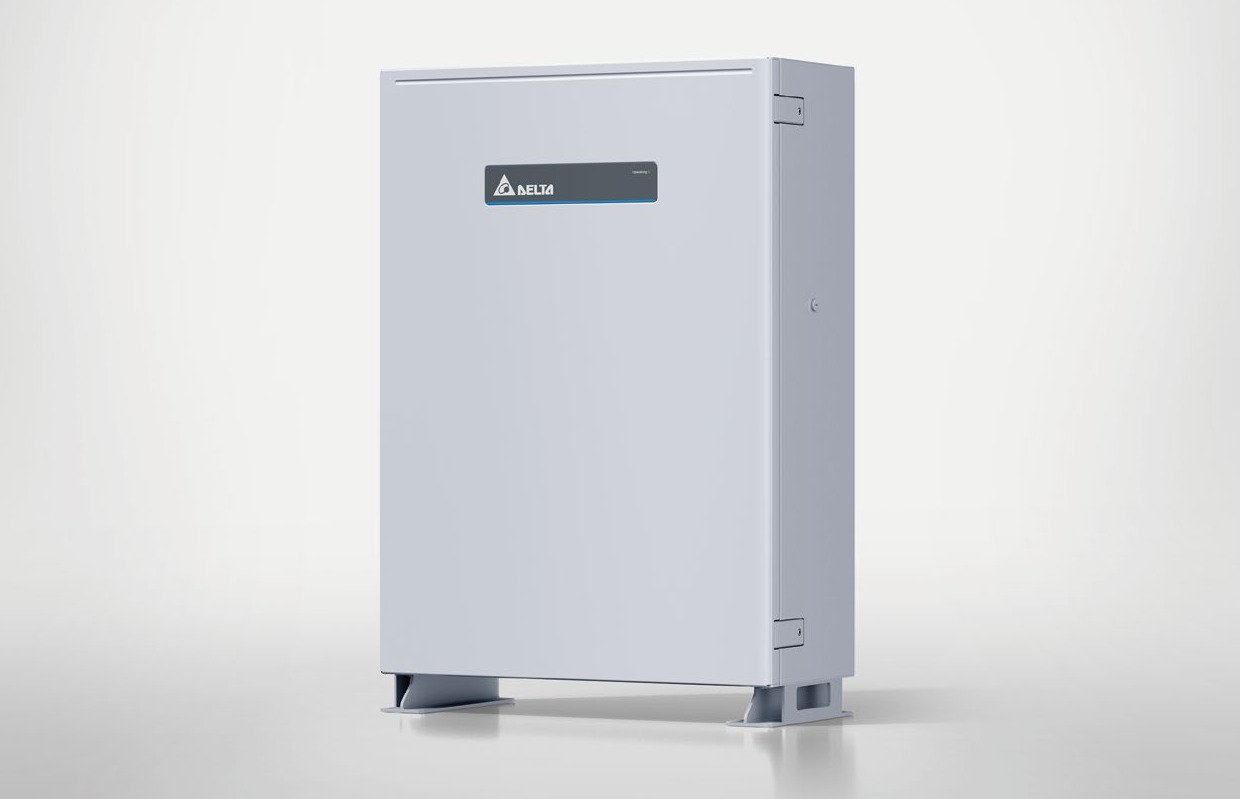
The total capacity of Delta BX6.3 is 6.3 kWh and 98% DoD, provided with the convection cooling system, which eliminates the requirement for pumps and fans. Ahead of the installation cost, you need to invest an initial cost of $7,400, not including other components such as solar panels or inverters.
It is estimated that the average estimation cost of installing solar batteries ranges between $2,000 and $3,500.
Considering the installation of Delta BX6.3, the average cost varies between $9,400 and $10,900.
Who it is for?
- People with existing Solar Setup
- Those who want self-sufficiency and power backup
- Eco-conscious people
- Tech-Savvy users
Who it is not for?
- More number of appliances with high energy consumption
- Budget-conscious people
- People living in rented residency
- House owners with short-term plans
- Individuals without existing Solar PV systems
Product Specifications:
|
PARAMETER |
DETAIL |
| Type | Li-ion Battery |
| Typical Energy (in kWh) | 6.3 kWh |
| Output Power (in kW) | 3 kW |
| Frequency | 50/60Hz |
| Rated Output Current | 13 A |
| Maximum efficiency | 97% |
| Power | Continuous energy up to 4.5 kW |
| Operating Temp | -10°C to 45°C |
| Dimensions (W×H×D) | 570 × 840 × 250 mm |
| Weight | 77 kg |
Pros:
- Maximized efficiency
- Built-in power meter
- Monitors current and voltage consumption
- Malfunction monitoring
- Compatible with off-grid solar systems
- Backup during power outages
- Smart features
Cons:
- Unfamiliar brand compared
- High initial cost
- Limited Capacity
- Requires more space
- Complex installation
- Depending on the existing solar system
2. FranklinWH:
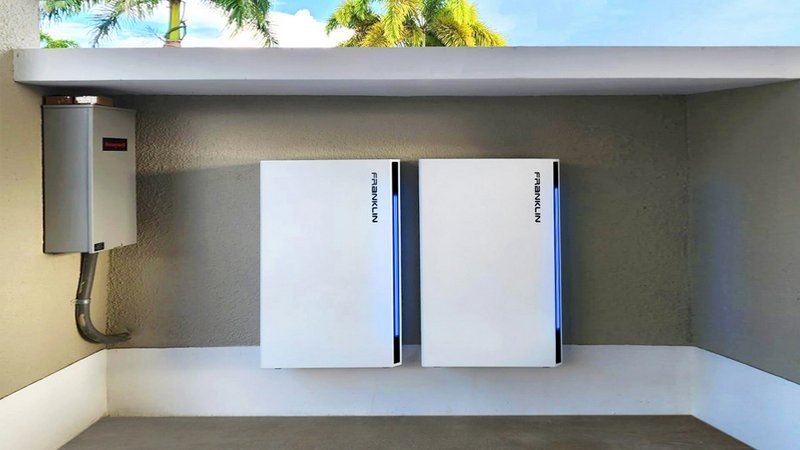
Residential users can always prefer FranklinWH as their first choice. The dual modes provide the whole-home and partial backup according to your requirements. A smooth and superior experience is ensured with the mode switching and UPS-grade current quality.
The Lithium-ion battery possesses a capacity of 13.6 kWh with an estimated cost of $18,000, including the installation charges.
A modular design allows you to connect up to 15 batteries, provided with a warranty period of at least 12 years.
Who it is for?
- Independent Energy seekers
- Environment-conscious people
- Home appliances with moderate energy demand
- Owners of existing solar PV systems
- Tech-Savvy people
Who it is not for?
- Off-grid living
- Budget-conscious individuals
- Renters or short-term house owners
- Minimalist tech users
- Without existing solar PV systems
Product Specifications:
|
PARAMETER |
DETAIL |
| Type | Franklin Home Power (FHP) system |
| Typical Energy (in kWh) | 13.6 kWh per unit |
| Output Power (in kW) | 5 kW continuous output,
10 kW peak discharge power for 10 seconds |
| AC Voltage | 120V / 240V |
| Frequency | 60 Hz |
| Maximum efficiency | 89% |
| Power | Continuous energy up to 5 kW |
| Operating Temp | -20°C to 50°C |
| Dimensions (W×H×D) | 1150 × 750 × 290 mm |
| Weight | 185kg |
Pros:
- Monitoring App measures energy
- Grid Solar Inverter Compatible
- Easy Integration
- Eco-friendly
- Mobile app for Android and iOS devices
- 89% High round efficiency trip
- 100% DoD
Cons:
- Limited backup time
- Higher initial investment
- 2019 Company & Low Trust
- Technically heavy & not for all
- Limited off-grid capability
3. Generac PWRcell
You will require just 3 battery modules for continuous backup power of 9kW capacity and 4.5kW output, which can be achieved through Generac PWRcell, which is one of the most reliable and scalable solar battery systems.
When paired with a solar panel system, the battery offers a continuous backup power of 18kWh. Regardless of the climate for indoor or outdoor storage, a Generac PWRcell costs around $13,000 to $20,000, depending upon the size you have selected and the installation costs.
Also, the price varies according to the per additional battery of $2,000.
With a round-trip efficiency of 96.5%, a 10-year warranty is provided to the battery.
Who it is for?
- People with flexible Budget
- Scalable energy needs
- People who have Existing solar panels
- Backup power seekers
- Tech-savvy individuals
Who it is not for?
- Without solar panels
- Minimal energy demands
- PWRcell needs a pre-existing solar setup
- Not designed for complete off-grid
- Requires more physical space
Product Specifications:
|
PARAMETER |
DETAIL |
| Type | Solar + Battery Storage system |
| Typical Energy (in kWh) | 9 to 18 kWh |
| Output Power (in kW) | Up to 9kW of continuous backup power |
| Frequency | 60Hz |
| Maximum efficiency | 97% |
| Operating Temp | 14 to 122 °F (-10 to 50 °C) |
| Dimensions (W × H × D) | 440 x 450 x 88mm |
| Weight | 26.6 kg |
Pros:
- Add or Remove the batteries to scale up the entire system
- Specifically suitable for outdoor installation
- Generator is angled to the Generac PWRcell
- Provides battery backup during cloudy days
Cons:
- Simultaneous Installation along with solar panels
- Expensive price
- Not suitable for Tesla Electric Vehicles
- Impossible to mix and match components procured from other manufacturers
4. LG RESU 10H Prime
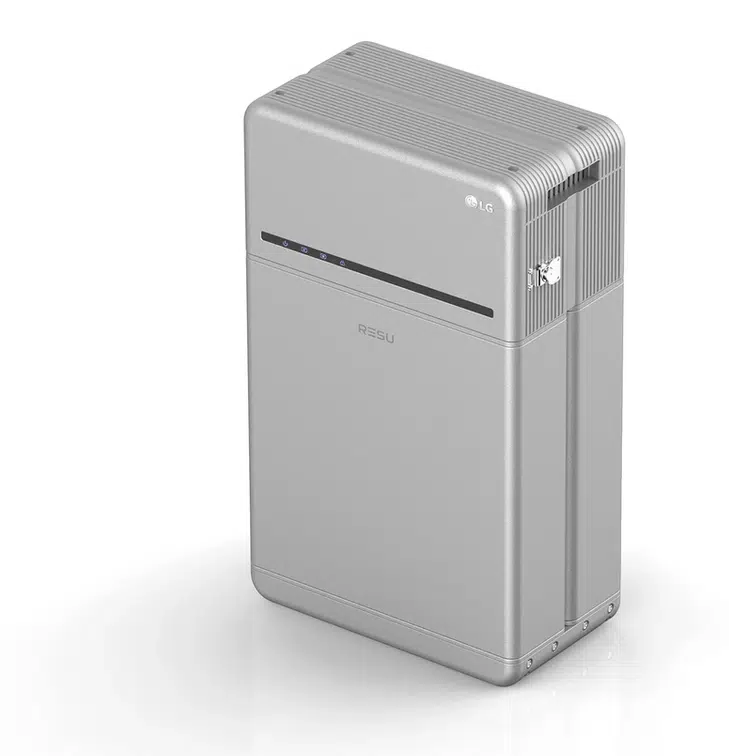
After 2021, LG introduced the 3rd generation Prime series that features two different models with 100% DoD, namely the 10H Prime and 16H Prime.
The 10H prime is equipped with a capacity of 9.6kWh and the 16H prime with 16kWh. Usually, the price of these batteries varies with the capacity but commonly fluctuates between $5,000 and $11,000 excluding the installation charges.
Who it is for?
- People willing to reduce dependence on the grid
- Want to keep essential appliances running during outages
- User-friendly monitoring
- Having an existing solar panel
Who it is not for?
- Those who don’t like High upfront cost
- Home with high energy demands
- Features might not be useful for everyone
- Renters or short-term staying people
- Need for complete off-grid living
Product Specifications:
| PARAMETER | DETAIL |
| Type | DC-coupled battery system |
| Typical Energy (in kWh) | 9.6 kWh |
| Output Power
(in kW) |
Peak: 7kW for 10 sec,
Continuous: 5kW |
| Frequency | 50/60Hz |
| Rated Output Current | 13 A |
| Maximum efficiency | 90% |
| Operating Temperature | Charge: 14 ~ 122°F (-10 ~ 50°C),
Discharge: -4 ~ 122°F (-20 ~ 50°C) |
| Dimensions (W × H × D) | 504 x 817 x 295 mm |
| Weight | 111 kg |
Pros:
- Best Trusted reputation
- Can be used in off-grid and hybrid setup
- Indoor and outdoor installation
- Compact and scalable
- User-friendly monitoring
- The 10-year warranty with life cycle up to 4000 cycles.
- Self-reliance
Cons:
- Shorter life cycles.
- Guaranteed up to 45ºC ambient temperature
- Limited capacity
- High upfront cost
- Incompatible with inverters and microinverters
5. Sonnen ECO
Compatible with off-grid solar systems and portable solar panels, Sonnen ECO commences with a battery capacity of 5kWh at two batteries and can reach up to 20kWh.
Apart from the installation charges, the battery costs around $6,100 for a 5kWh system. As a house owner, you can invest in additional solar batteries based on your requirements.
Provided with a 10-year warranty, the battery can be recharged from solar panels or a generator using the stored energy.
Who it is for?
- Seeking an Affordable starting price
- People who expect to Start with a minimum and grow their budget.
- Those who need Smart energy management
- Existing solar PV systems
Who it is not for?
- High energy demands
- People who don’t like Limited technical features
- No virtual power plant
- Those who think professional installation is not necessary
- Expecting backup power priority
Product Specifications:
| PARAMETER | DETAIL |
| Type | AC |
| Typical Energy (in kWh) | 9.6 kWh |
| Output Power (in kW) | Peak: 12 kW
Continuous: 8 kW |
| Frequency | 60 Hz |
| Maximum efficiency | 98% |
| Operating Temp | Storage temperature range: 0°C–40°C
Transport temperature range: -15°C–50°C |
| Dimensions (W × H × D) | 2134 x 660 x 482.6 mm |
| Weight | 376kg |
Pros:
- Environmental friendly
- Recyclable with R2 recycling facilities in the US
- Sonnen Mobile App supports all Android and iOS devices
- Monitors the real-time performance
- Temporary Power to home appliances in case of outages
Cons:
- Less efficiency
- Costlier than other battery models
- Unfamiliar Company Name and Less Reputation (Founded in 2010)
6. Tesla Powerwall
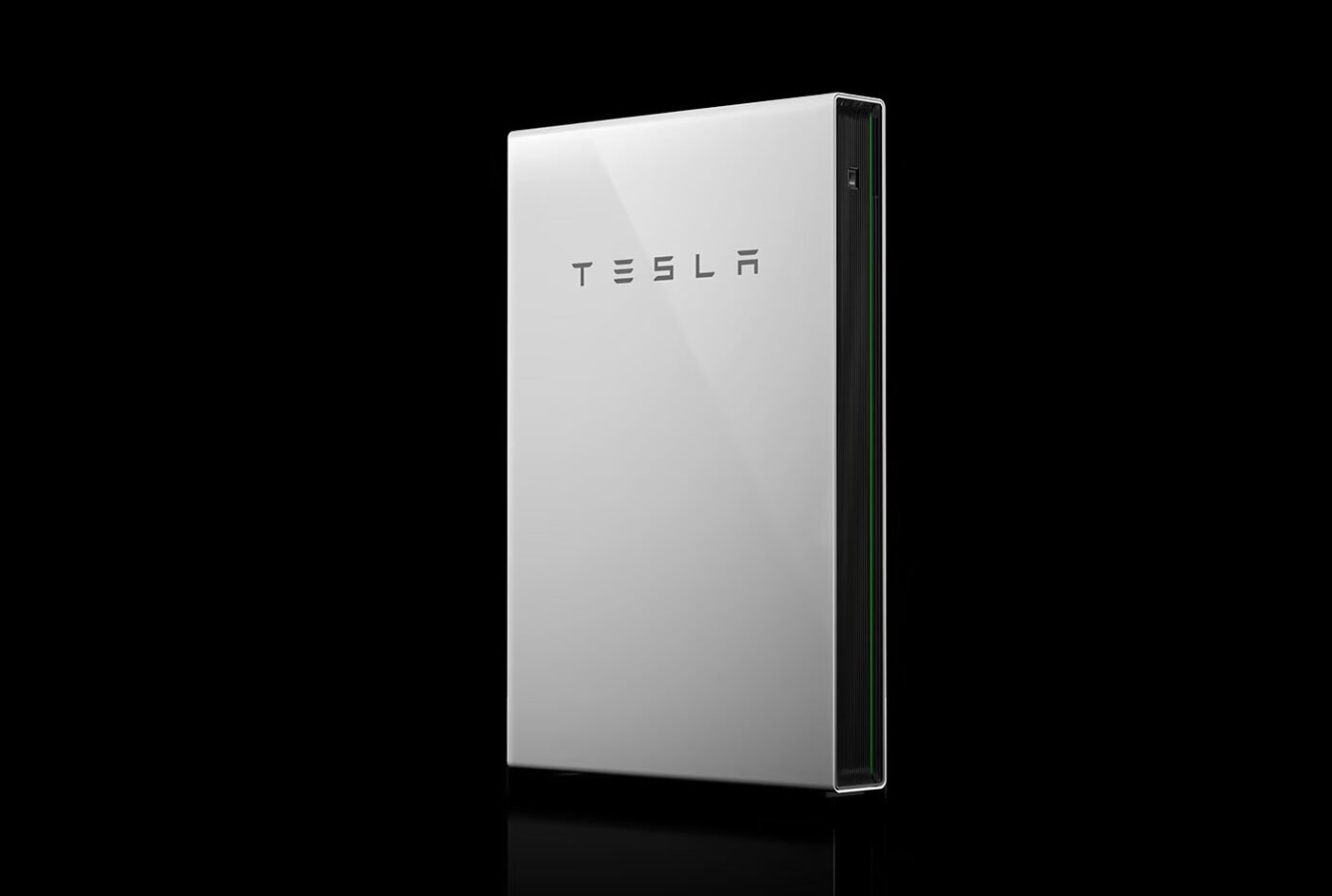
Offered with a round-trip efficiency warranty of 70% for 10 years, Tesla Powerwall is one of the most reputed solar batteries in the market and costs $14,200 before adding the discount price.
The total battery charge can be used without affecting the battery lifespan with 100% DoD. It has a usable capacity of 13.5 kWh, thereby becoming one of the highest storage capacities across all batteries.
Who it is for?
- Modern design lovers
- Long-term investment
- Existing solar system owners
- Backup power seekers
- Tech enthusiasts
Who it is not for?
- High energy-demanding homes
- Off-grid living
- Budget-conscious
- Short-term residers
- Minimalistic Tech users
Product Specifications:
| PARAMETER | DETAIL |
| Type | AC Battery |
| Typical Energy(in kWh) | 14 kWh |
| Output Power (in kW) | 5 kW (max continuous),
7 kW (peak for 10s, off-grid/backup) |
| Frequency | 60 Hz |
| Rated Output Current | Not specified |
| Maximum efficiency | 90% |
| Operating Temp | -20°C to 50°C |
| Dimensions (W×H×D) | 1150 mm x 753 mm x 147 mm |
| Weight | 114 kg |
| Country of Manufacture | USA |
Pros:
- Competitive battery backup system
- 10 to 15 years Warranty with unlimited charge cycles
- Compatible with Tesla solar products
- 20% Efficiency Rate
- 90% RTE – Round Trip Efficiency
- Largest battery storage capacities
Cons:
- Expensive powerwalls
- High installation costs
- Poor Customer Service
- Complicated installation process
7. Powerplus LiFe
Being one of the safest Lithium-ion battery products, the Powerplus LiFe consists of premium models namely Life2433P at 24VDC, LiFe4833P at 48VDC, and LiFe12033P at 120VDC.
According to per module basis, storage of 3.3 kWh and 2.64 kWh usable storage capacity is offered with a power rating of 3.3 kW.
Accompanied by a 10-year warranty, the energy storage systems are available with pre-wired cabinets with multiple numbers of cabinets connected in parallel.
You can install a PowerPlus energy storage system in your home or business environment.
Who it is for?
- Durability and safety conscious
- Tech-savvy users
- Off-grid seekers
- Expecting Cost-effective
- Existing solar system owners
Who it is not for?
- Limited space
- Budget-conscious buyers
- No virtual power plant
- Minimalist tech user
- High energy-demanding household appliances
Product Specifications:
| PARAMETER | DETAIL |
| Type | LiFe Premium P Series |
| Typical Energy (in kWh) | 3.3 |
| Output Power (in kW) | 1.61 |
| Rated Output Current (in A) | 63 |
| Maximum efficiency | >96% |
| Operating Temp | Charge: 0° to 55°C
Discharge -20° to 60°C |
| Dimensions (W × H × D) | 434mm x 88mm x 635mm |
| Weight | 41kg |
Pros:
- High Efficiency: 96%-98%
- Recharge timing: 1-2 hour
- Improvised Tested Battery in Australia
- Max energy up to 3300 kWh
- Installed with rack mounting
Cons:
- Low Energy Density than the Lead Acid Batteries
- Can get damaged by wrong chargers
- Using only a special charger
- High Initial cost
Concluding considerations
It is very important for you to carefully consider a few points before opting for the best solar battery system. All that you need to do is, be aware of the selection criteria and try to understand its types in real circumstances. Try to analyze the performances and have an overview of the product in mind. Be aware of the parameters such as the Rated Output Current, Maximum efficiency, and operating temperature. Also being calculative about the weight, height, width, and depth will give you an added advantage to analyze & make the right decision.
Remember, Price is always not the only factor that you should be considering. Most of the time prices can be convenient to your budget limit but it is very important for you to have an understanding of whether it would be able to serve you better in the future.
In 2024 and the upcoming years, it is said that the cost of solar systems will be reduced. You might start witnessing the reasonable prices such that every individual can afford and own it. Gear up for a better future having your energy independence. All that you need to have is a clear study and comparison amongst the best solar battery models to buy.
Ray is an avid reader and writer with over 25 years of experience serving various domestic and multinational private and public energy companies in the USA.

